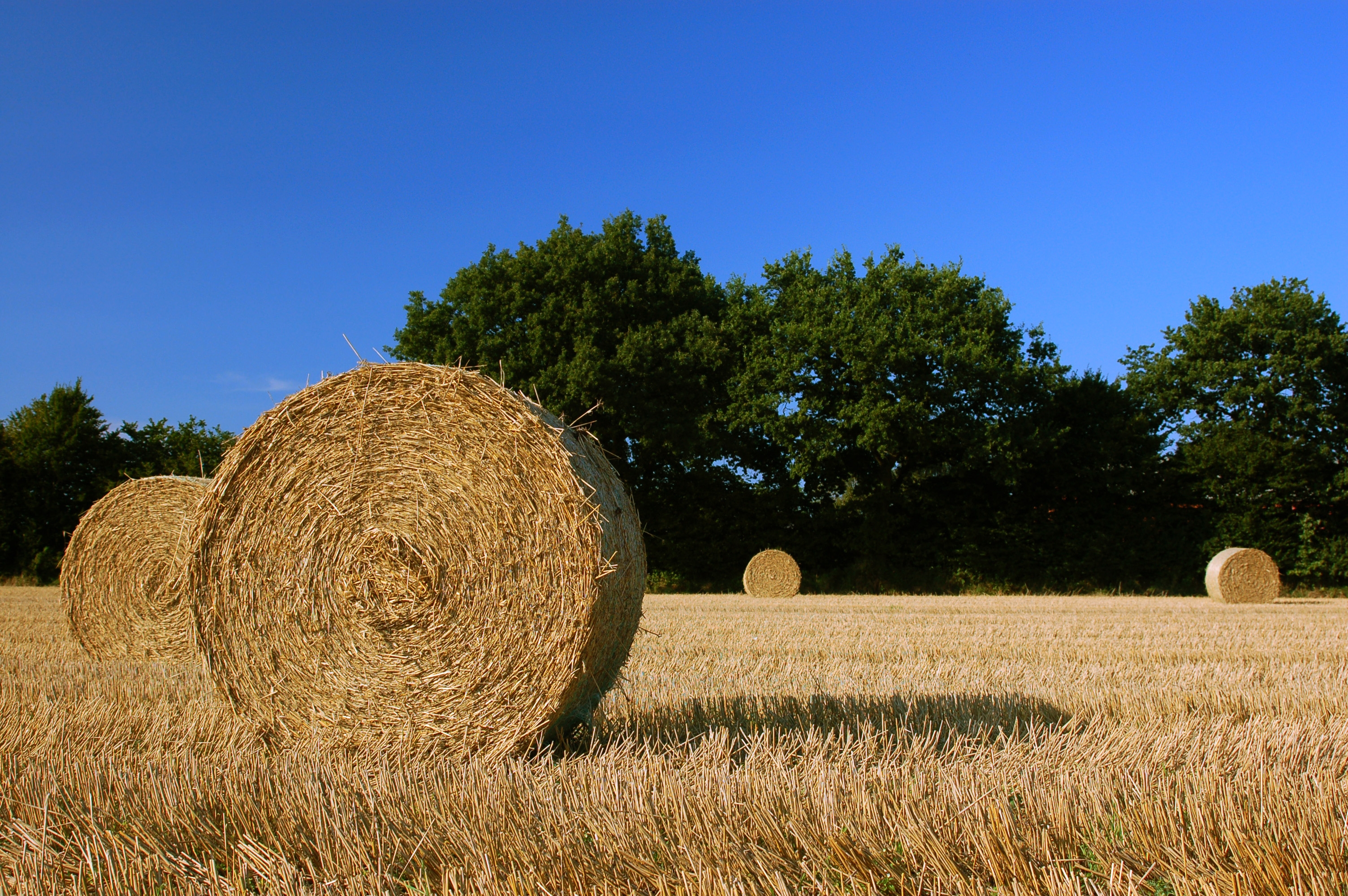
Features
Bioeconomy
Paper
Research & Innovation
Straw papers are poised to shift from being an eco-novelty to a viable product
Jun. 12, 2017 - As evidenced by a recent Canopy webinar – co-hosted by the governments of Alberta, Saskatchewan and Manitoba – agricultural residue pulps and papers are clearly ready for prime time. The message from the market: Launch commercial-scale production in North America and watch the sales take off.
June 12, 2017 By Neva Murta Canopy

More than 60 participants, including equity and venture capital firms, banks, and major philanthropic foundations joined Canopy, the three governments, Staples, EarthColor and two supply chain experts to discuss the market and technical readiness for straw papers and the opportunity awaiting investors. The webinar served as an immersion for investors, with a review of quantified marketplace demand; trials undertaken to date; the viability of the fibre for multiple uses; the strong interest from the print and retail sectors; and the latest technological advances.
Notable bell-weathers of the marketplace signalled clear market readiness for these kinds of eco-solution products. As one of the world’s largest resellers of freesheet paper, Staples has already taken a leading role. It stocks and uses a range of agricultural residue-based papers including copy, cut-sheet, packaging and shipping materials. Straw-based copy paper is available to consumers in Staples stores and online, and ag-res products are used widely internally. Its message to investors was one of strong support for North American agricultural residue production facilities, noting that straw products expand the range of product options available to them to retail. Domestic production is seen as a natural progression that has the potential to rapidly accelerate over the next five years.
Canopy has run several agricultural residue paper trials with well-known authors and publishers as well as glossy magazines. Each has clearly demonstrated the viability of straw-based pulps and papers for commercial application. Through Canopy’s experience supporting large publishers, brands and printers to implement their environmental policies, it’s been clear that the market is looking for these kinds of solutions.
David Podmayersky agrees. As chief sustainability officer for EarthColor, Podmayersky told webinar participants that ag-res pulps and papers are, “The new wave of thinking of sustainable design in the circular economy. They are financially viable and…a great win-win-win story. The environment wins, society wins and the economic financial model is incredibly viable.”
EarthColor has been providing commercial print and related services for over 30 years and has grown into one of North America’s largest privately held printers with over 500 print experts nationwide. EarthColor provides its marketing communications clients with sustainable products like straw-residue based Step Forward Paper and a range of eco-engineering tools, products and procedures to minimize the carbon footprint throughout the supply chain. Podmayersky is confident agricultural residue papers offer the quality EarthColor and its customers demand.
In closing, Podmayersky stated, “Over the next decade there is enormous opportunity to integrate agricultural residue papers as the next big thing. This certainly would work with our clients.”
Mark Lewis, president and CTO at Sustainable Fibre Technologies highlighted North American biomass potential, noting there are approximately 370 million tonnes of forest resources available — and one billion tonnes of agricultural residues. Lewis emphasized the efficiencies of agricultural residue pulp production, highlighting lower capital costs, chemical consumption, water usage and energy consumption.
The pulp produced through the Phoenix process test facility in Washington State can feed into a broad array of products including printing and writing grade papers, bathroom tissue, paper towels, food service wares, unbleached paperboard and industrial packaging.
The facts about agricultural residue papers tell a compelling and exciting story. The feedstock for North American production is abundant; the technology proven; the product quality top-notch; the cost-savings clear and the environmental benefits enormous. Greenhouse gas emissions and water consumption are reduced and the carbon storage benefits of intact forest landscapes can be retained. Sales of straw residue provide a “second harvest” for farmers, offering revenue for a product currently treated as waste.
Canopy’s Second Harvest campaign has been laying the groundwork, in the marketplace and with producers, for more than a decade. This is the year we will see commercial scale North American agricultural straw pulp and paper production break ground to make this vision a reality.
Neva Murtha is the senior corporate campaigner at Canopy.
Print this page